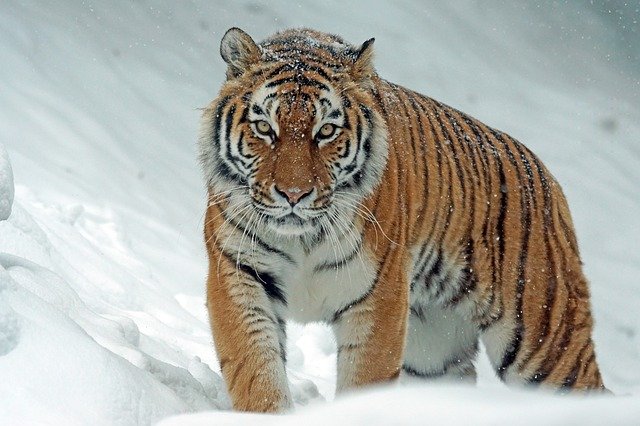
Animal genera are divided into species.
A species is a group made up of similar things that have one or more characters in common. The word comes from the Latin species and is used in various contexts.
For example: “Players like Zidane or Riquelme are of a unique species, made up of those who prefer to pass the ball rather than make a personal play” , “This type of unclear agreements does a lot of damage to democracy” .
Species as a theme or something unclear
Species is also used as a synonym for theme , proposition, issue or case: “I am aware that such a species is impossible to understand,” “That species was problematic for everyone.”
It is known as a species, on the other hand, to the unclear appearance of something : “The singer used a kind of mask over his face,” “Ricardo gave me a kind of dress with fringes and bows.”
The concept in zoology and botany
For zoology and botany , species are the groups into which genera are divided. Individuals of the same species share generic characters and other factors that allow them to resemble each other and distinguish themselves from the rest of the species.
Lion y dog son dos ejemplos de especies del reino animal. El nombre científico del primero es panthera leo y pertenece a la familia de los félidos. El perro o canis lupus familiaris, en cambio, forma parte de la familia de los cánidos.
It is important to keep in mind that many species are in danger of extinction , generally due to human action (hunting, predation, destruction of their natural habitat, etc.). The polar bear is one of the species at risk of extinction.

The tiger is a species of mammal.
Why classify species?
The objective of observers and scientists , when analyzing and classifying the various organisms that are part of life on Earth, is to learn more about the planet itself, its past and its possible future. Through taxonomy it is possible to know the order in the diversity of life and the relationships established between different communities and their environment.
Within the taxonomy, organisms are organized hierarchically. There are different groups and within them many others, each one in a specific space. The main group is known as a taxon and the level at which it is located is known as a category.
The main groups are the kingdoms and there are four: Fungi (Monera, Protista, Fungi), Plants (Plantae) and Animals (Animalia). Within each one there are various categories that allow each species to be located according to its similarities and differences with others and its evolutionary history.
In this way, within a kingdom, species are grouped into genera, which are divided into families. Families are in turn classified into orders, these into classes and the classes into divisions.
It is important to keep in mind that, although we usually understand all mammals or vertebrates as animals, within this kingdom there are many groups. Without going any further, it has been discovered that there are 95% of those hitherto known that belong to the group of invertebrates , that is, lacking vertebrae.
Origins of classifications
This need to study the world and life in particular dates back to ancient times. So much so that Aristotle himself, in the 4th century BC, made a classification of animals and plants .
Later, it was expanded and, during the 18th century, Linné developed the systematic classification; Thanks to which extensive lists of species have been created that allow us to know their characteristics and evolution over time . This classification is based on the premise that all living beings can be grouped into sets (levels) that in turn can be contained by others (groups) and show similar characteristics to those that are part of their set.
For example, within the group of mammals are primates and they all have characteristics in common that are clearly differentiated from animals that do not belong to the group, such as birds or reptiles.
